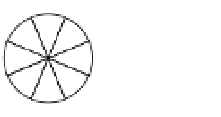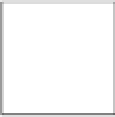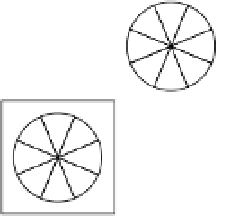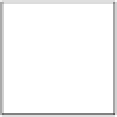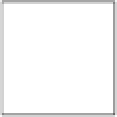Graphics Reference
In-Depth Information
1
3
2
4
5
7
6
8
(a)
(b)
Figure 4.25.
The point with the indicated gradient contributes to eight bins in the SIFT
descriptor.
Show that the descriptors given by the total intensity
(
x
,
y
)
4.22
L
(
x
,
y
)
, sum
∂
L
(
x
,
y
)
∂
2
∂
L
(
x
,
y
)
∂
2
of squared gradient magnitudes
(
x
,
y
)
+
, and sum of
x
y
Laplacians
(
x
,
y
)
∂
2
L
2
L
(
x
,
y
)
+
∂
(
x
,
y
)
y
2
are invariant to rotation around the cen-
tral point of the descriptor. Assume that the image's range and domain are
continuous (so the sums become integrals) and that the aggregations are
taken over equivalent circular regions.
x
2
∂
∂
4.23
Show that the directional derivative of a Gaussian function
G
(given by
Equation (
4.7
)) at a point
in an arbitrary unit direction
v
is a linear
combination of its
x
and
y
derivatives at
(
x
,
y
)
(
)
x
,
y
. This is a simple example of a
steerable filter [
153
].
4.24 The performance of a descriptor can be measured by plotting a curve of
(1-precision) versus recall as the descriptor distance defining a match is
varied. Sketch two such curves for two hypothetical descriptor algorithms,
and discuss which one represents a better algorithm and why.
4.25 ARTag markers are based on the theory of error correcting codes. They
include ten bits to define the marker ID, sixteen bits for a checksum, and
ten bits for error correction, leading to thirty-six bits arranged in a 6
×
6
square. Show that
e
=
10 bits are required to correct
c
=
2 errors in the
initial
n
=
26 bits, using the formula
e
≈
c
log
2
n
(4.45)

